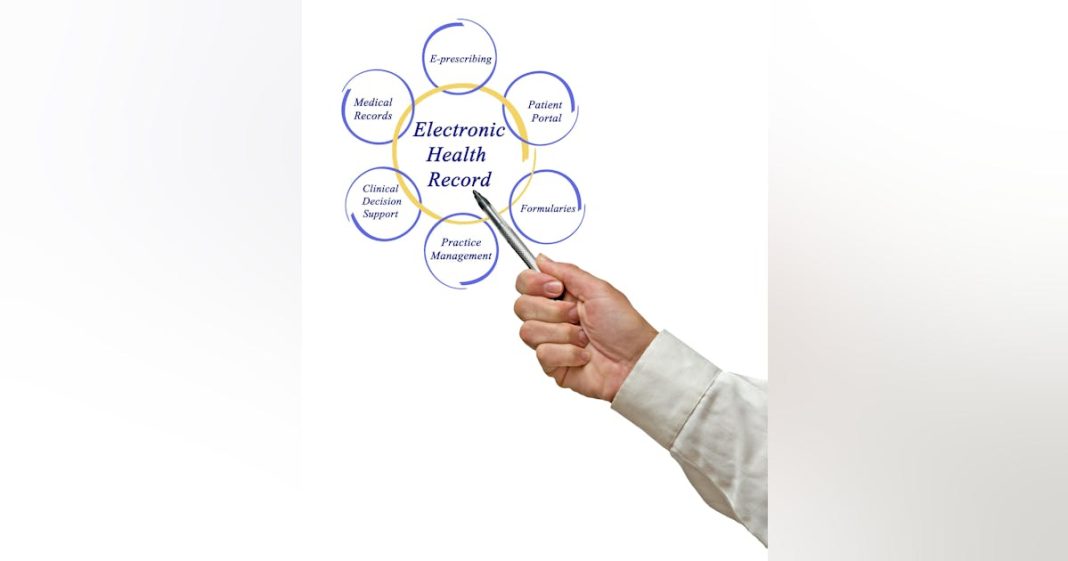The federal Agency for Health & Research Quality (AHRQ) is exploring the idea of a public/private partnership to ensure future operations of CDS Connect, a platform developed to assist the healthcare community in creating and disseminating clinical decision support artifacts.
In 2023, AHRQ conducted a CDS Connect Challenge Competition to identify business models and platform enhancements that will allow CDS Connect to evolve its role as a national CDS hub. Based on the results of this competition, AHRQ has issued a Request for Information (RFI) to solicit ideas and identify possible collaborators for creating a new sustainment model.
Established in 2016, CDS Connect offers a repository of CDS artifacts, a standards-based CDS Authoring Tool, and multiple open-source tools and resources.
It has steadily grown in functionality and use, AHRQ noted. It has an active following of diverse stakeholders and users, including various electronic health record (EHR) developers, CDS developers, other health IT and healthcare advocacy organizations, federal and local government representatives, clinicians, patients, and caregivers.
In October 2023, AHRQ conducted a challenge competition to solicit innovative approaches and input on the future design and sustainability of CDS Connect. AHRQ said it obtained valuable insight and information from the competition, including identifying collaborative models that have the potential to sustain and further develop CDS Connect as a public resource.
The challenge competition identified several possible CDS Connect enhancements:
• Enhancing the user experience, including mechanisms for users to obtain support and provide feedback.
• Additional educational or training resources should be provided to support a variety of users.
• Leveraging, facilitating, and promoting CDS and health information technology standards.
• Artificial intelligence (AI) is introduced into CDS Connect, ranging from AI-based mechanisms to develop CDS artifacts to using large language models (LLMs) and AI-based artifact maintenance.
• Creating processes, standards, and tools to assist and accelerate CDS development through successive levels of computability and readiness for real-world implementation.
• Developing and making available a more significant number of executable CDS artifacts.
• Expanding the number of CDS artifacts at all levels in the repository.
• Integrating directly within EHR systems.
• Creating a “sandbox” that allows potential users to sample, test, and deploy CDS artifacts in real-time scenarios before selecting/purchasing them.
The challenge competition highlighted several possible business models to enable long-term sustainability:
• Removing the restriction that CDS artifacts in the Repository be made available free of charge, allowing for revenue opportunities through fee-based services.
• Adopting standardized and commercial-friendly licensing and compensation models (e.g., licensing to EHR and other CDS vendors to integrate artifacts into their systems; subscription-based fees for access to CDS artifacts or applications).
• Developing enhanced functionality and subscription models for different types of users (e.g., individuals, EHR vendors, CDS vendors, nonprofit organizations, for-profit organizations).
• Requiring a one-time or ad hoc payment to use CDS Connect’s services or products (e.g., to access artifacts in the Repository or use the Authoring Tool).
• Offering different tiers of service capabilities at different costs, such as a “Freemium” model allowing access to publicly funded CDS Connect artifacts and a basic form of the Authoring Tool without charge, but imposing a cost for additional services (e.g., possible built-out features) and support.
• Establishing a payment incentive for independent individuals, developers, EHR vendors, CDS vendors, or others; in turn, content can be offered to end users at a cost.
The RFI is seeking feedback on what can be done to improve the value of CDS Connect to clinicians, patients, CDS developers, and other stakeholders. It also asks what governance structure and framework a submitting organization envisions for a public/private partnership (or other sustainment model). It also asks how such a model would operate, accounting for the involvement of AHRQ, other federal agencies, or other potential external partners.







